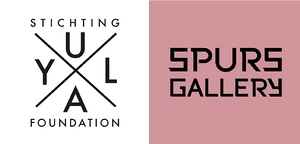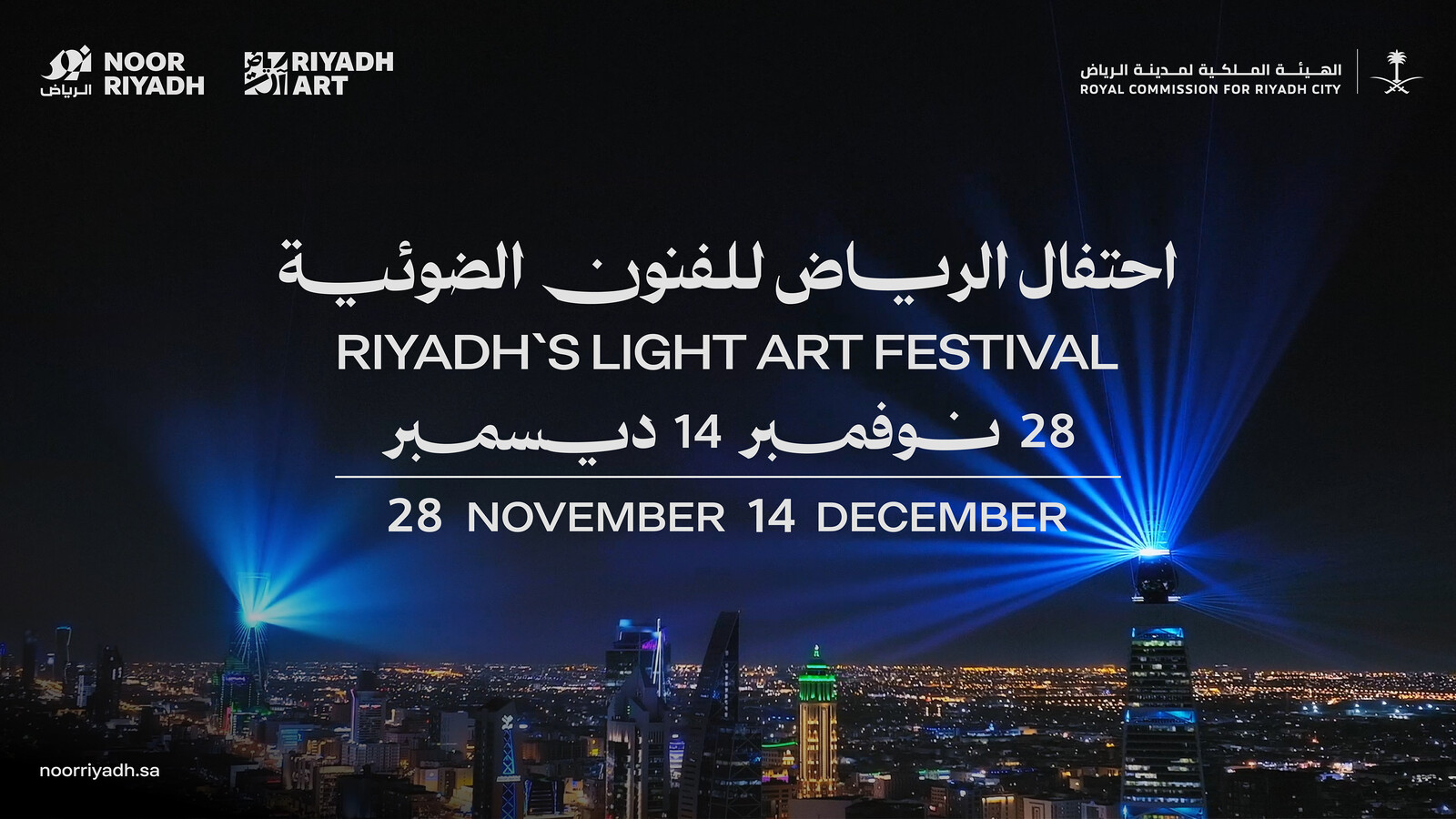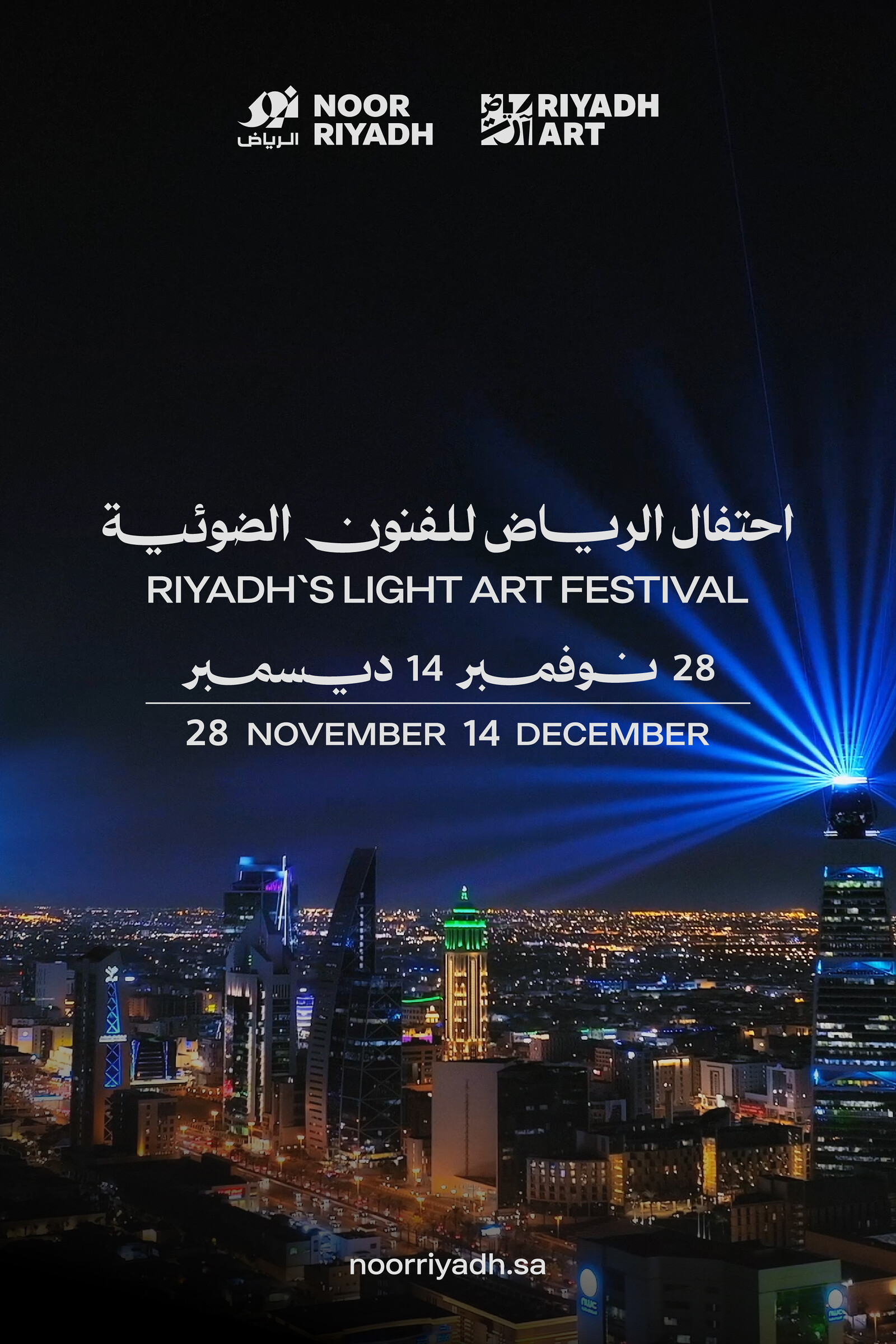The Great Journey
Curated by Sherry Lai and Hana Ostan Ožbolt
September 4–October 30, 2022
D-06, 798 Art Zone, 2 Jiuxianqiao Rd
100015 Chaoyang District Beijing
SPURS Gallery will begin its fall exhibition season with the first official gallery presentation of the iconic artist Ulay (1943–2020), a pioneer in Polaroid photography, performance and body art. Curated by Sherry Lai and Hana Ostan Ožbolt, Ulay: The Great Journey is also the artist’s first solo exhibition in China—a country with which Ulay had a long-lasting and personal relationship and that inspired a great deal of his oeuvre—highlighting various series of works, which were inspired by China’s vastness and greatness, its landscape, culture, religion and people. The exhibition is a journey through Ulay’s life and his body of work, focusing on three different periods: his artistic activity in the early 1970s, his collaboration with Marina Abramović between 1976 and 1989, and his work as a solo artist in the late 1990s.
In the early 70s, Ulay developed an approach that was novel in both method and subject matter, using the Polaroid camera as a tool to capture the transformations of his own body, manipulated in a myriad of ways, and investigate the subject of identity (White Mask, 1973; Anagrammatic Aphorism, 1974-75). In those fleeting, intimate performances without an audience, Ulay explored socially constructed issues of gender, his masculine and feminine sides (S’he, 1973-74), as well as photography’s slippery identity between the real and the illusory (Retouching Bruises, 1975).
From 1976 to 1988, Ulay collaborated with former partner Marina Abramović. Their intensely symbiotic relationship in both love and work lasted twelve years. Through their performances, they became indisputable icons of performance art. On display at SPURS Gallery is their iconic performance Rest Energy (1980). Recorded in a studio in Amsterdam, four minutes in duration, Ulay and Abramović hold a bow and an arrow with the weight of their bodies; the arrow pointing right into Abramović’s heart. Two small microphones record their heartbeats and breaths, which are becoming more and more intense as the performance—about complete and total trust – progresses.
In 1986, Ulay and Abramović visited China for the first time. Initially, when the couple planned the trip, they intended to get married at the center of the wall. With a hug, they ended their relationship with the monumental work The Lovers: The Great Wall Walk (1988) in which they walked for ninety days towards each other from either end of the Great Wall—a journey not yet made by any Westerner. While they both continuously walked two thousand kilometres towards each other, they documented their journey: on view are Ulay’s (Polaroid) photographs of the landscape and the people he encountered (China – Along the Great Wall, 1986–1989), as well as his intimate diaries from that time. Inspired by the architecture of the Great Wall itself, a large aluminium gate-like sculpture from 1989, Mén (“door” in Chinese), one of the artist’s very seldom examples of sculptural objects, is also exhibited.
The Lovers is also the title of the mid-size Polaroid series, Ulay created in 1989. Through a performance of paper figures, the series stages Ulay and Abramović’s Great Wall Walk for the Polaroid camera. Radically merging photography and performance and exploring the limits of the medium of Polaroid photography led Ulay to use the larger Polaroid formats, the 20 x 24-inch camera (the series The Lovers, 1989 and Wednesday–Saturday, 1987) and the largest, the 40 x 80-inch camera. Presented at SPURS Gallery are, for the first time, the large-format Polaroids (approximately 240 x 110 cm) from the intimate series titled Whispers.
Ulay’s life was marked by various journeys with diverse people and cultures – physical travels all around the world and spiritual explorations of different states of mind. His identity search was a life-long project, closely connected to the process of “unlearning – forgetting the values by which I had justified myself, my commitment”. “What I reached was a lot more fluid and no longer as concrete. […] I began to see that everything is in constant motion: life is change.”








